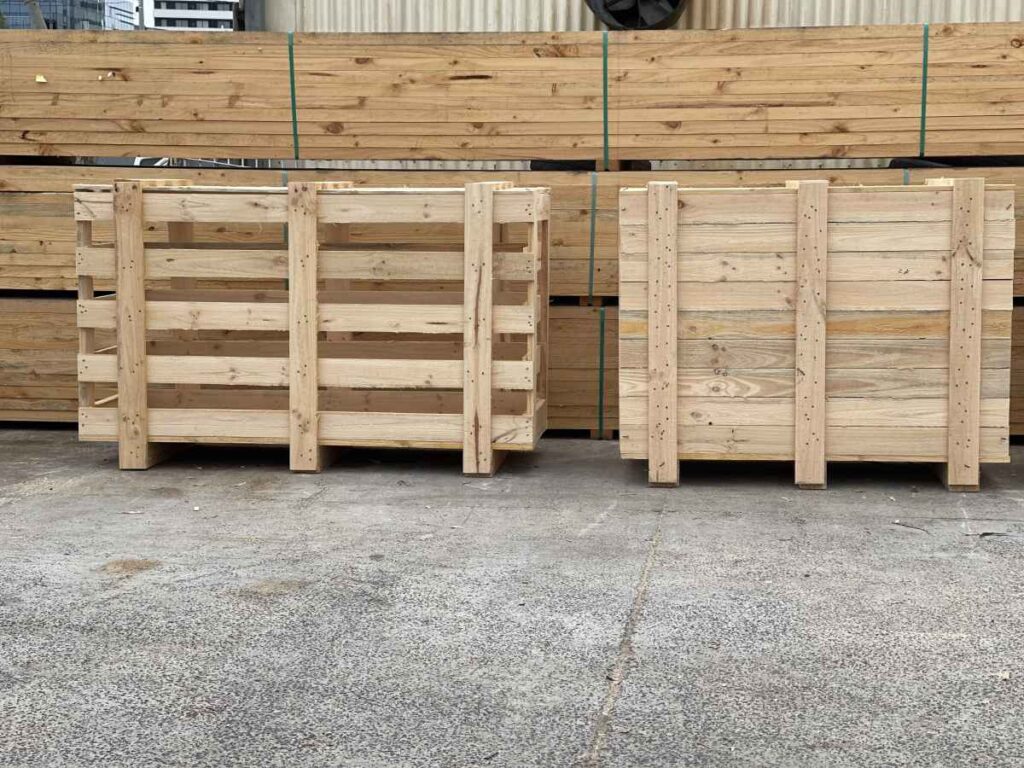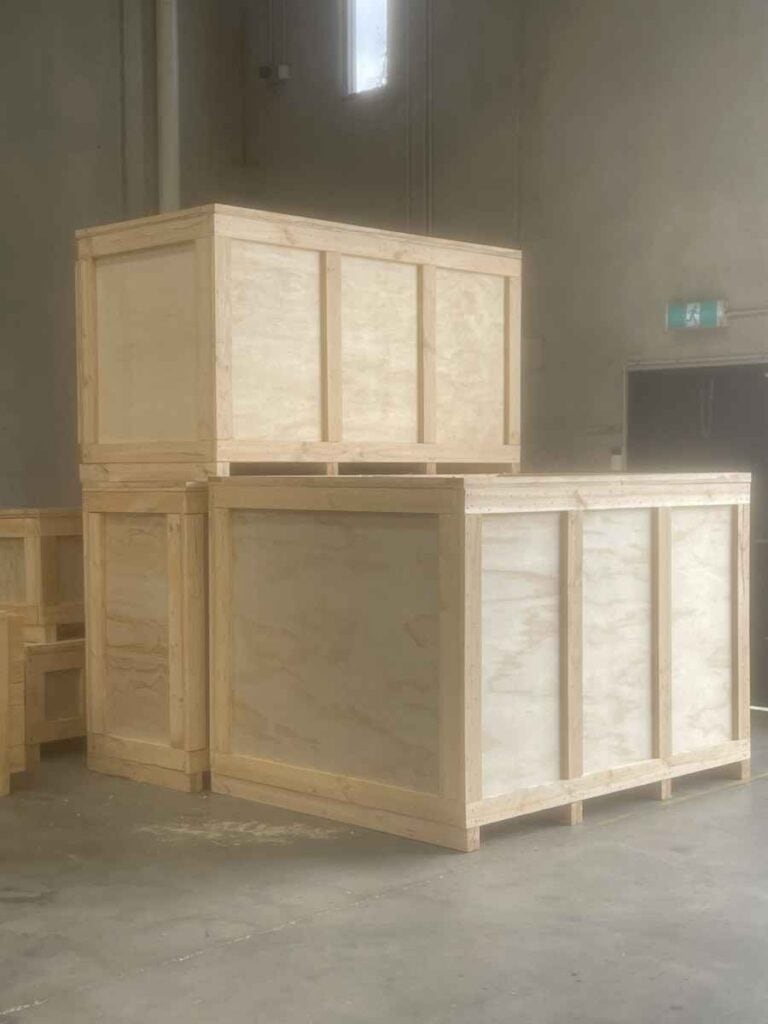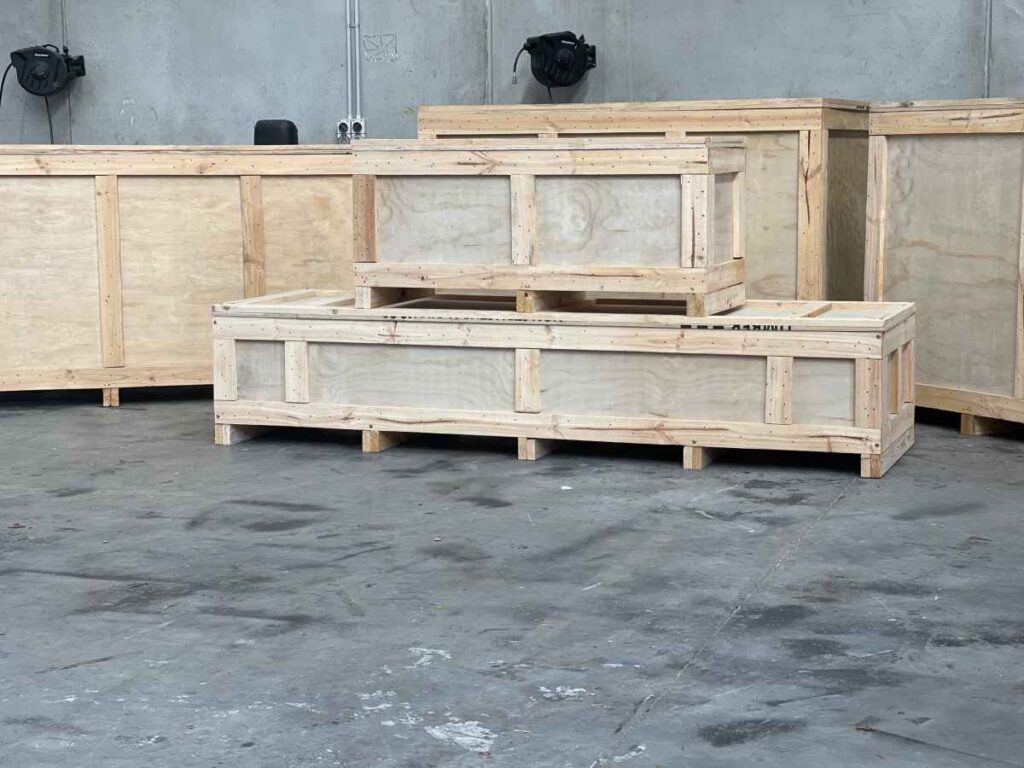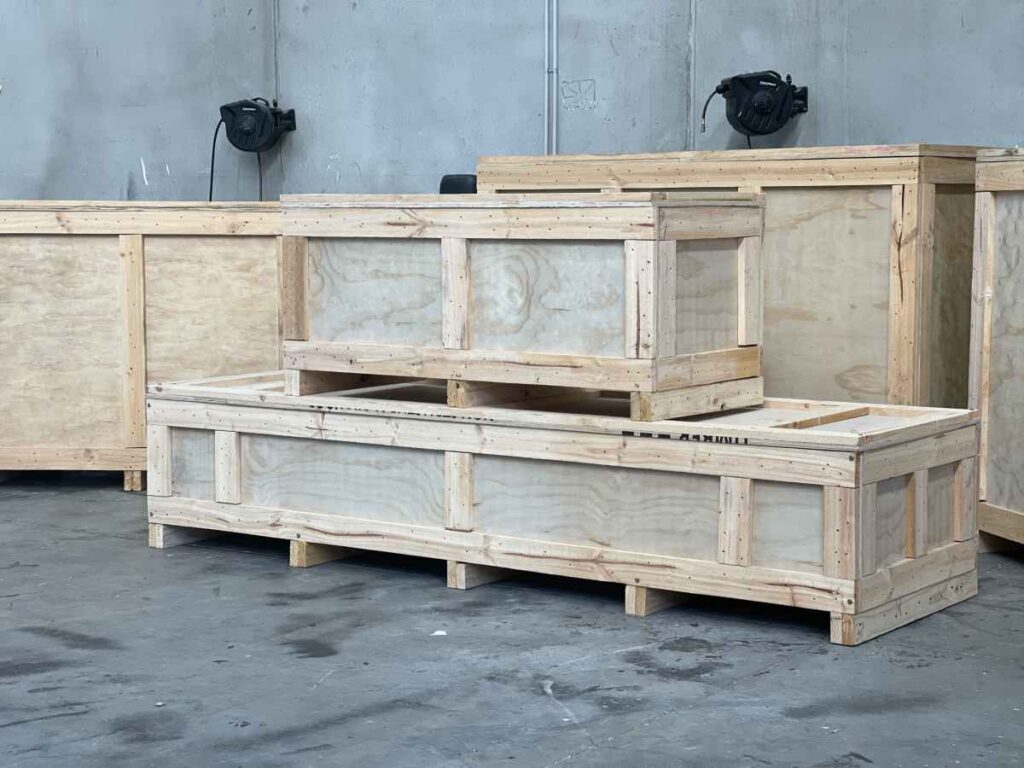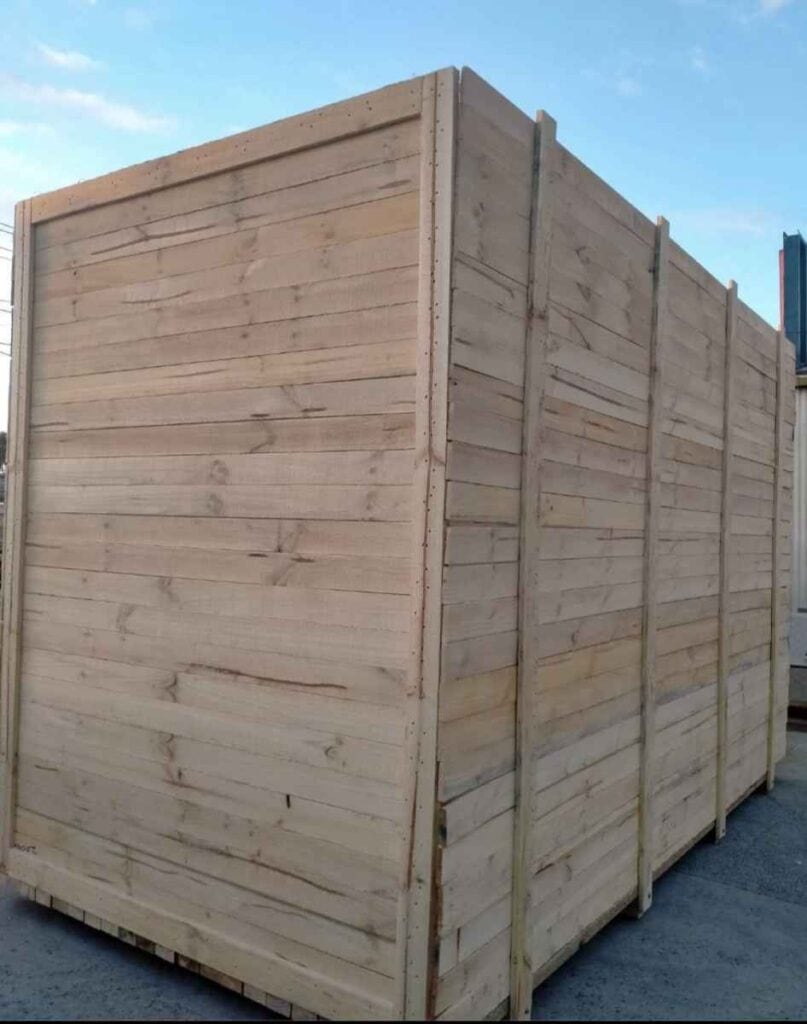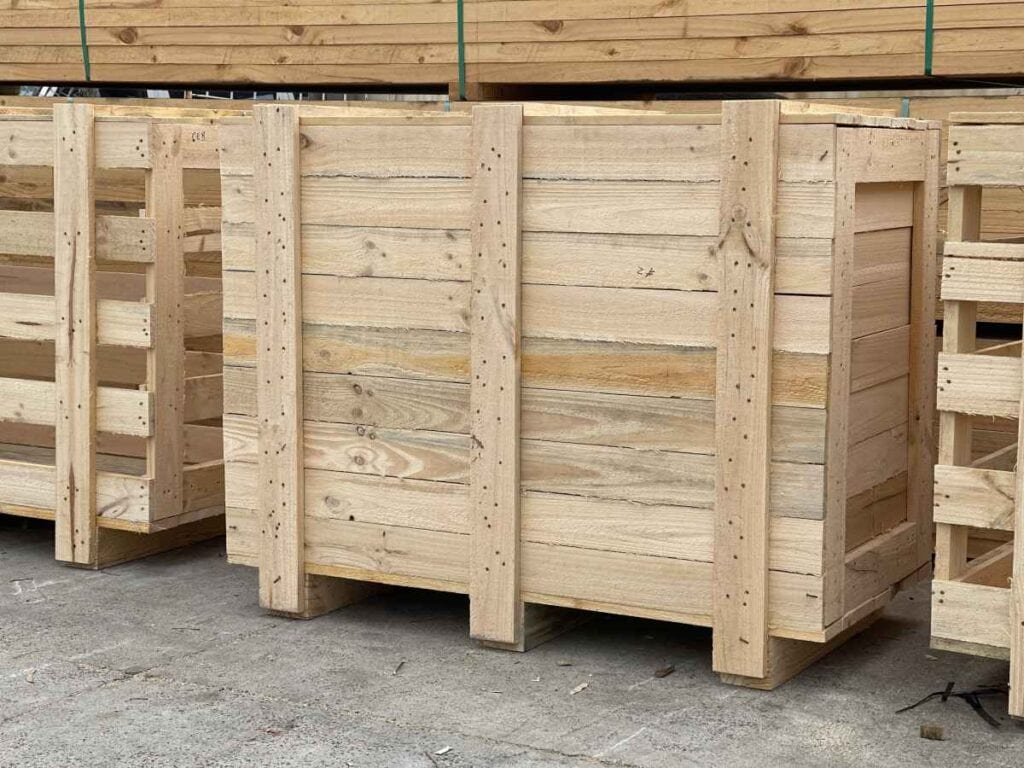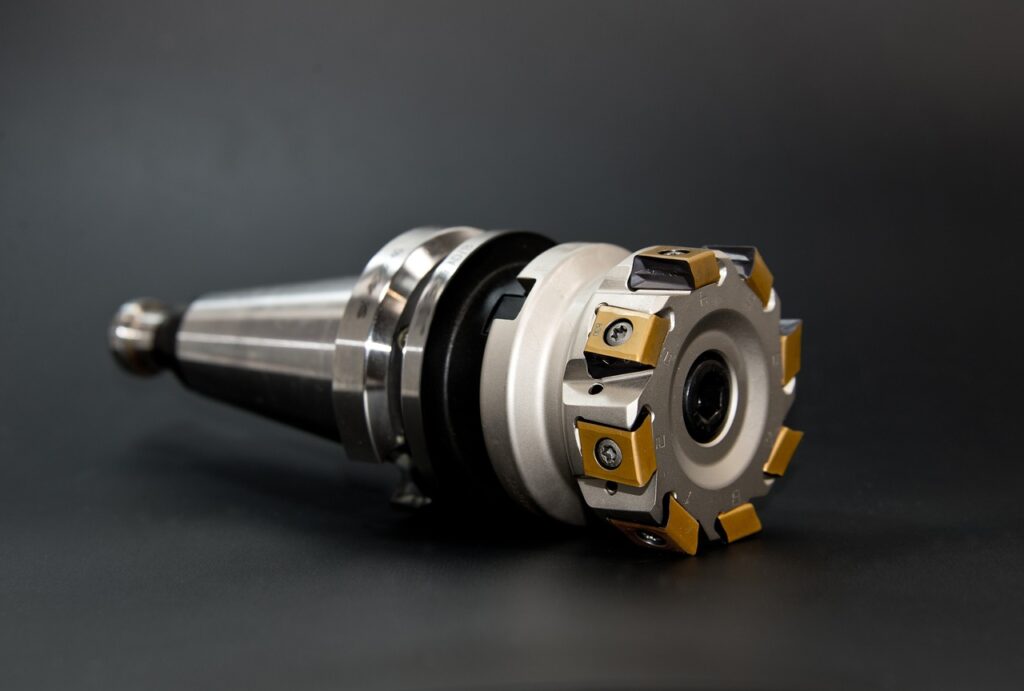In the realm of storage solutions, the utilisation of boxes as a means of organising and safeguarding items has proven to be a versatile and practical approach. Box storage comes in various types, each tailored to specific needs, space constraints, and the nature of the items being stored. From traditional cardboard boxes to specialised containers, the world of box storage offers a diverse array of options that cater to different industries, environments, and storage requirements. This article delves into the different types of box storage, highlighting their characteristics, applications, and advantages.
Traditional cardboard boxes are a widely recognised form of box storage, renowned for their simplicity and affordability. These boxes are available in various sizes and are commonly used for storing and transporting lightweight to moderately heavy items.
They are suitable for temporary storage or short-term use and are often used in residential, commercial, and retail settings. Cardboard boxes are easily stackable, making them convenient for maximising storage space. However, it's important to note that they might not be the best choice for items that require protection from moisture, extreme temperatures, or other environmental factors.
Plastic storage containers offer a more durable and versatile option for box storage. Made from sturdy materials such as polypropylene or polyethylene, these containers are designed to withstand a range of conditions and can be used for both short-term and long-term storage.
Plastic storage containers come in various sizes and designs, including stackable options, clear bins for easy visibility, and secure lids for enhanced protection.
These containers are well-suited for residential, industrial, and commercial applications, providing a reliable solution for storing items that require extra protection from elements such as dust, moisture, or pests.
For specialised storage needs, there are also containers designed to cater to specific industries or storage challenges. For example, archival storage boxes are specifically crafted to preserve documents, photographs, and other sensitive materials over extended periods. These boxes are acid-free and have reinforced corners to ensure the longevity of stored items. Furthermore, collapsible storage boxes offer a space-saving solution for businesses with limited storage space. These boxes can be folded when not in use, making them a practical choice for seasonal items or infrequently used equipment.
Types of Storage Boxes for Use in a Storage Facility
Whether you intend to move out, renovate your home, downsize, or stage your home for sale, you often need additional storage space. Self-storage rent is one of the practical options in such circumstances.
As a homeowner, business owner, or student, you will receive security, protection, space, flexibility, and simple access from a storage facility. Moreover, you can store your belongings for any length of time, contingent on your storage requirements.
To ensure that your items remain organised, secure, and safe, however, you must use the appropriate storage containers.
In fact, your overall self-storage experience is significantly affected by the type of crates you select. Recognise the best option for you, given that storage containers are available in a variety of materials, sizes, and shapes and that each type serves a specific function. Learn about the five categories of boxes available for purchase.
Packaging Material
When most people think of moving and storage crates, a cardboard box comes to mind. There are many reasons why cardboard crates are popular. These containers are lightweight, portable, inexpensive, and simple to stack, label, and load. In addition, cardboard boxes come in a variety of colours, sizes, and shapes, depending on your preferences and requirements.
Cardboard boxes are excellent for short-term storage of non-moisture-sensitive, non-deformable objects that are not susceptible to moisture. These containers are, however, susceptible to injury from humidity, water, and heat. In addition, cardboard crates can attract rodents and insects, causing damage to the items inside.
Plastic Packaging
Compared to cardboard boxes, plastic boxes are more rigid, durable, and long-lasting. Since plastic containers have a lid, they are easy to open and close without the need for packing adhesive. Additionally, these boxes have a secure closure to safeguard stored items from pests, moisture, and heat.
Whether you store books, accessories, files, or clothing, the items remain in pristine condition for a very long time. While plastic crates are more expensive, they are ideal for long-term storage in a non-climate-controlled facility.
Customised Packaging
Use speciality crates if you intend to store valuable or fragile items. Speciality crates offer security and protection for dishware, holiday decorations, electronics, mirrors, and art.
The interior of speciality boxes is outfitted with inserts to prevent items from shifting and becoming damaged. In addition, the design of these containers makes packaging fragile items with unusual shapes simple.
Add bubble wrap or other cushioning material for added protection of fragile items in the storage unit or during transport. Speciality boxes are comparatively more expensive, but they guarantee the safety of your vulnerable and valuable items.
Boxes for Clothing
Choose wardrobe boxes if you intend to store sentimental or expensive apparel. These containers have a bar across the top for hanging clothing rather than folding them to avoid wrinkles. In addition, wardrobe boxes frequently include a zippered compartment in the lower section, which is ideal for storing shoes, purses, and jewellery boxes.
It is simple to organise and store all of your clothing with wardrobe bins. These boxes exist in small, medium, and large sizes, so you can choose one based on your budget and requirements.
Original Box
If you still have the original cartons for the items you need to transport to the self-storage unit, you should utilise these boxes. The original packaging is specially intended to preserve and protect the item. Televisions, appliances, refrigerators, computers, and other electronics should be stored in their original packaging.
If you do not have the original packaging for these items, you should search for special boxes designed to store them. You will have peace of mind knowing that your belongings are secure in the storage facility, despite the higher cost of the special crates.
Identifying the Right Shipping Box: Size, Form, and Durability
Various factors make it essential for businesses to pick the right shipping boxes. These factors range from fulfilling customer orders to meeting internal requirements like storing supplies. In the United States, shipping costs are determined not just by the box's weight, but also by its dimensions. Exceeding stipulated size limits may necessitate the use of a freight carrier.
Choosing Between Various Sizes and Shapes

Traditional shipping boxes are often constructed from corrugated cardboard, offering a variety of sizes and forms. The box's durability may need to be considered depending on the item's size and weight.
Common Types of Box Sizes
- Rectangular and Cube Boxes: These are standard box shapes. Cube boxes offer equal dimensions on all sides.
- Multi-Height Containers: These boxes allow users to adjust the height while keeping the width and depth constant. They can come in various height options.
- Long Boxes: These are suitable for elongated items and are longer in comparison to their width and height.
- Tall Boxes: These are boxes that are taller than they are long or wide, designed for tall items that must remain upright during shipping.
- Telescopic Boxes: These boxes are designed to fit together, making them ideal for shipping items that are long or tall.
- Side-Loading Boxes: These are generally wide but thin and are ideal for shipping items like framed photos.
Box Strength and Durability
Boxes undergo various types of tests to determine their strength. These usually include the Edge Crush Test (ECT) for vertical stacking strength or the Mullen Test for bursting strength. One of these values is often displayed on a circular stamp, known as the box manufacturer's certificate (BMC).
- 32 ECT Boxes: These can sustain vertical pressure up to 32 pounds per square inch and are generally used for lighter shipments.
- 200# Boxes: These are considered moderately heavy-duty and can handle bursting pressure much higher than 32 ECT boxes.
For boxes that require greater pressure resistance, heavy-duty options are available on the market. It's advisable to consult the UPS and Fibre Box Handbook for strength recommendations based on your cargo's weight.
By giving thorough consideration to the various box types and strengths available, businesses can make informed decisions that ensure the safe and cost-effective shipping of their products.
Conclusion
Box storage is a flexible and useful way to keep things organised and safe. There are many different kinds of boxes, such as cardboard boxes, plastic storage cases, and boxes with special uses. Traditional cardboard boxes are easy to make and inexpensive.
They can be used for short-term storage or short-term uses in homes, businesses, and stores. Plastic storage containers are strong and can be used for both short-term and long-term keeping.
They are made of strong materials like polypropylene or polythene. Archival storage boxes don't have acid and have strong sides to keep things safe for a long time. Businesses with limited storage room can save space by using storage boxes that can be folded up.
Self-storage rental is a good choice for people who need more room to store things. These facilities offer safety, security, space, options, and easy entry. Your general self-storage experience will depend a lot on the type of storage container you choose.
Cardboard boxes are often used for short-term storing of non-moisture-sensitive, non-bendable items, but they can be damaged by water, heat, and moisture. Plastic boxes are stronger, more rigid, and last longer. They have a lid and a secure closure to keep out pests, wetness, and heat. They are great for long-term storage in places that don't have temperature control.
Speciality crates are the best way to store valuable or fragile things because they keep them safe and secure.
They have pockets that keep things from getting broken and can be filled with bubble wrap or other cushioning material. With a bar across the top for hanging and a zippered area at the bottom, wardrobe boxes are good for sentimental or expensive clothes. For technology, the original boxes are used, and for other things, special boxes are used.
Shipping prices are based on both weight and size, so it's important for businesses to choose the right shipping box. Corrugated cardboard is often used to make traditional boxes, such as rectangular and cube boxes, containers with different heights, long boxes, tall boxes, flexible boxes, and side-loading boxes.
Tests like the Edge Crush Test (ECT) and the Mullen Test show how strong and durable a box is. 32 ECT boxes are used for smaller packages, while 200# boxes are used for medium-weight packages. For heavier cargo, there are heavy-duty choices. By thinking about the different types and strengths of boxes, businesses can make safe and cost-effective shipping choices.
Content Summary
- Box storage offers versatile solutions for organising and safeguarding items.
- Different types of storage boxes cater to various industries and storage needs.
- Traditional cardboard boxes are renowned for their affordability and simplicity.
- Cardboard boxes are suitable for short-term use and temporary storage needs.
- These boxes are popular in residential, commercial, and retail settings.
- Cardboard boxes are not ideal for protecting against moisture or extreme temperatures.
- Plastic storage containers provide a more durable alternative to cardboard.
- Materials like polypropylene and polyethylene make plastic containers robust.
- These plastic containers can be used for both short-term and long-term storage.
- Plastic boxes come with features like stackability and clear visibility.
- These are suitable for environments requiring protection against elements like dust or moisture.
- Specialised containers exist for specific industries or unique storage challenges.
- Archival boxes are acid-free and designed to preserve sensitive materials for a long duration.
- Collapsible storage boxes offer space-saving solutions for businesses with limited storage areas.
- Self-storage is a practical option for additional space during home renovations or moving.
- Choosing the correct storage containers significantly impacts your overall self-storage experience.
- Cardboard boxes are lightweight, portable, and easy to stack.
- However, these are susceptible to damage from humidity, water, and heat.
- Plastic crates offer a secure closure to protect against pests and moisture.
- They are more suitable for long-term storage in non-climate-controlled facilities.
- Speciality crates are designed for storing valuable or fragile items securely.
- The interior of speciality boxes often has inserts to prevent items from shifting.
- For added protection, bubble wrap or cushioning materials can be used in speciality boxes.
- Wardrobe boxes are ideal for storing expensive or sentimental apparel.
- These come with a bar for hanging clothes and sometimes include a zippered compartment for accessories.
- Original packaging is often the best choice for electronics and appliances.
- If original packaging is unavailable, special boxes can be used for these items.
- The shipping industry offers boxes with varying levels of strength and durability.
- Rectangular and cube boxes are standard shapes in the shipping world.
- Multi-height containers allow height adjustment while keeping width and depth constant.
- Long boxes are designed for shipping elongated items.
- Tall boxes are suitable for items that need to remain standing during transit.
- Telescopic boxes can be fitted together, which is ideal for shipping unusually long or tall items.
- Side-loading boxes are designed for shipping flat items like framed photos.
- Boxes undergo strength tests like the Edge Crush Test (ECT) or the Mullen Test.
- These test results are often indicated on the box manufacturer's certificate (BMC).
- 32 ECT Boxes can handle up to 32 pounds per square inch of vertical pressure.
- 200# Boxes are considered moderately heavy-duty.
- It's advisable to consult handbooks for strength recommendations based on cargo weight.
- Heavy-duty box options are available for items requiring greater pressure resistance.
- A range of materials, sizes, and shapes of storage containers are available in the market.
- Original boxes are specially designed to preserve and protect the items they contain.
- Cardboard boxes come in different colours, shapes, and sizes for various needs.
- Speciality boxes are more expensive but offer greater protection for valuable items.
- For long-term storage, plastic containers are a cost-effective choice despite their higher initial cost.
- Wardrobe boxes are available in small, medium, and large sizes.
- Collapsible boxes are practical for seasonal items or infrequently used equipment.
- Special boxes are available for storing specific items like electronics or art.
- Making an informed choice of box types ensures safe and cost-effective shipping or storage.
Frequently Asked Questions
What is box storage?
For colleagues, employees, and external partners, Box enables quick access to files from any device, so they are free to be productive wherever they are. Plus, Box's cloud storage ensures you always have an online backup handy and can access data from anywhere.
Why is storage box important?
Storage boxes can be an essential addition to any space that needs some organising. For one, they'll help you neatly store items and make finding them easier. Two, the right kind of bin can protect those items from dust and moisture damage.
What is storage box organizer?
An organizer box is a type of storage box featuring small compartments for sorting components like screws, nails, bolts, washers etc or for pills. The compartments can be separated by removable dividers.
Why is good storage important?
Protection: By storing your possessions properly, you can keep them safe from pests, dampness, and other hazards. Convenience: Quick and easy access to the products you need is made possible by well-organized storage, which may save you time and effort.
Are boxes good for storage?
That depends on what you'll be storing, where you'll be storing it, and how long you'll be keeping your things there. Cardboard boxes are great for short-term storage, but if your stuff will stay tucked away for months (or years), plastic containers are probably a better bet longevity-wise.




